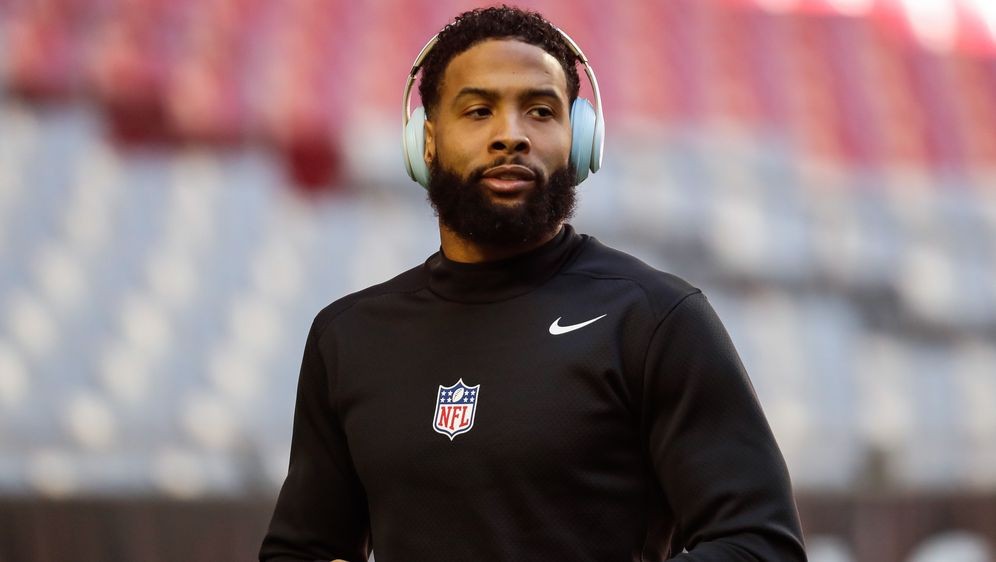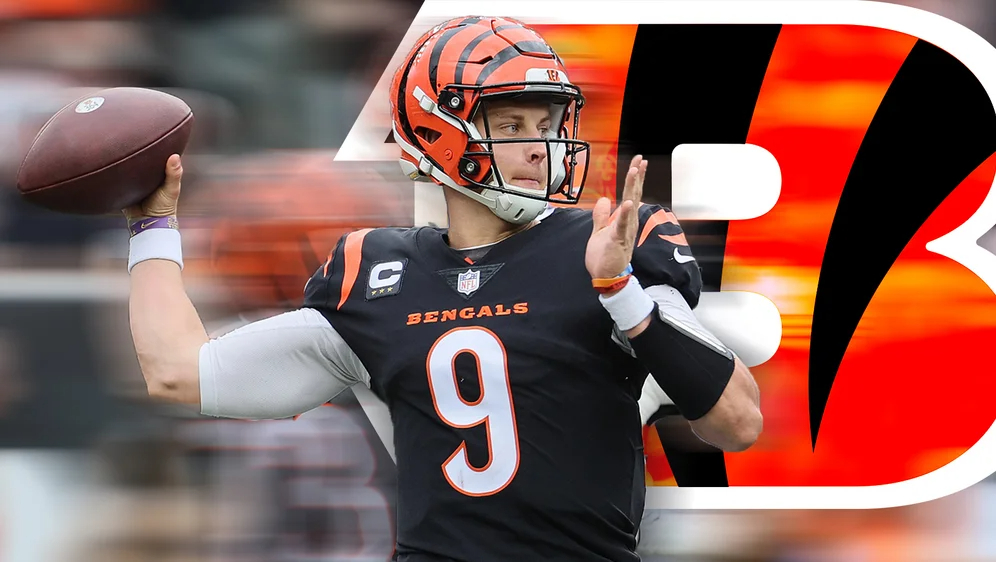It’s the upset of the game. Hunter Henry scores a touchdown to give his New England Patriots the lead against the Minnesota Vikings. But after minutes of review, the referees reverse the decision – no catch. Reigniting an old debate in the NFL.
Munich – Midway through the third quarter at U.S. Bank Stadium. Mac Jones leads the New England Patriots down the field against the Minnesota Vikings and finds Hunter Henry for a six-yard catch at the end zone.
The referees on the field give the signal. Touchdown. 29:23 for the Patriots. That’s how it seems at first. Or does it?
After minutes of review, the officials take back the touchdown and say “Incomplete Pass” – a decision that not only affects the Patriots, but also raises the question once again for the entire NFL as to what exactly is a catch.
Crew is at odds
Head coach Bill Belichick’s team had to take the decision, kicking only one field goal. In the end, the Vikings still turned the game around, winning 33:26 – the Patriots’ last attack ended with a turnover on downs. Because they had to score a touchdown. Had Henry’s catch counted, a field goal would have been enough to tie the game.
“I think I caught the ball,” the tight end told “ESPN “s Mike Reiss after the game. “But they [the referees, note] made the call, we have to live with it. […] They told me the ball touched the ground – but I think I had my hand under it. “
The scene caused a stir not only in the USA, not everyone in the ran studio agreed either. “That thing has to count, you can’t take him back,” was Carsten Spengemann’s initial verdict. After several replays, however, he rowed back. For commentator Jörg Opuchlik and netman Mike Stiefelhagen it was a complete catch.
NFL rule for a catch still open to interpretation
What counts as a catch in the NFL is defined in the rules and follows different stages. First, a player must have control of the ball before it touches the ground and get both feet or another body part other than the hands on the ground inside the field.
As an addition, the NFL anchored a “football move” – a “movement common to the game” – as the third part of the rules. This can include another step with the ball, dodging a tackle, or extending the ball.
Henry caught the ball, brought it under control, had both feet clear downfield and extended his arms to move the ball across the goal line. So, at first glance, he met all the criteria. However, the tight end seemed to lose the ball briefly when it hit the ground and only secured it again in the follow-up. This also led the referees to their decision.
NFL referee boss with explanation attempt
“[Henry] went down, the ball touched the ground briefly and at that moment he lost control in his hands,” Walt Anderson, vice president of referee crews in the NFL, told Mike Reiss. Asked why Henry didn’t have possession before the ball touched the ground, Anderson replied, “While he’s going down, he’s meeting the factors of control and two feet downfield. Because he goes to the ground, he has to have the ball safe beyond contact with the ground.”
The fact that Henry had two hands on the ball in this case did not create a change in Anderson’s eyes. “If he had control with both hands, even if the ball touches the ground – if you have the ball securely in your hands despite contact with the ground, then it would still be a catch,” he admitted, however.
Despite, or probably because of, the different angles and countless replays of the scene, the referees’ decision remained a mystery to many. Former wide receiver Dez Bryant raged on Twitter, “Never was the pass incomplete!” Also questionable seems to be the consistent enforcement of the rule of when a catch is complete.
When is a catch a catch?
A few weeks ago, a similar scene occurred with Travis Kelce of the Kansas City Chiefs. The tight end lost complete control of the ball even after making contact with the ground. Nevertheless, in that case it was ruled a touchdown.
NFL is just guessing at this point
No catch for Hunter Henry
Catch for Travis KelceNEvsMIN Patriots pic.twitter.com/CvWs4JD5jb– Tony Clements (@TonyCMKE) November 25, 2022
On “Patriots Fifth Quarter,” former Patriots quarterback Scott Zolak expressed general dissatisfaction with the rule itself, saying, “In this league, there’s still a problem with what is a catch and what is not. […] There’s no consistency in the decisions. “
NFL falls short of a clear line
In addition to the question of whether the ball really touched the ground and Henry lost control, the referees’ long review time was also an issue. The signal on the field was touchdown. According to the rules, the pictures must clearly convince of the opposite. In most cases, if the scene is unclear, it is called “call stands” and the decision on the field is used as final.
In the end, the Patriots didn’t lose because of that one decision. They failed to complete a scoring drive in the last 20 minutes of the game, many penalties and poor special teams did the rest. Nevertheless, the question remains open how the game would have gone if the Patriots had scored seven points instead of three and thus had the lead at 30:23.
While this question definitely remains open, the NFL fails to finally clarify the following question: When is a catch a catch?






Comments
No Comments